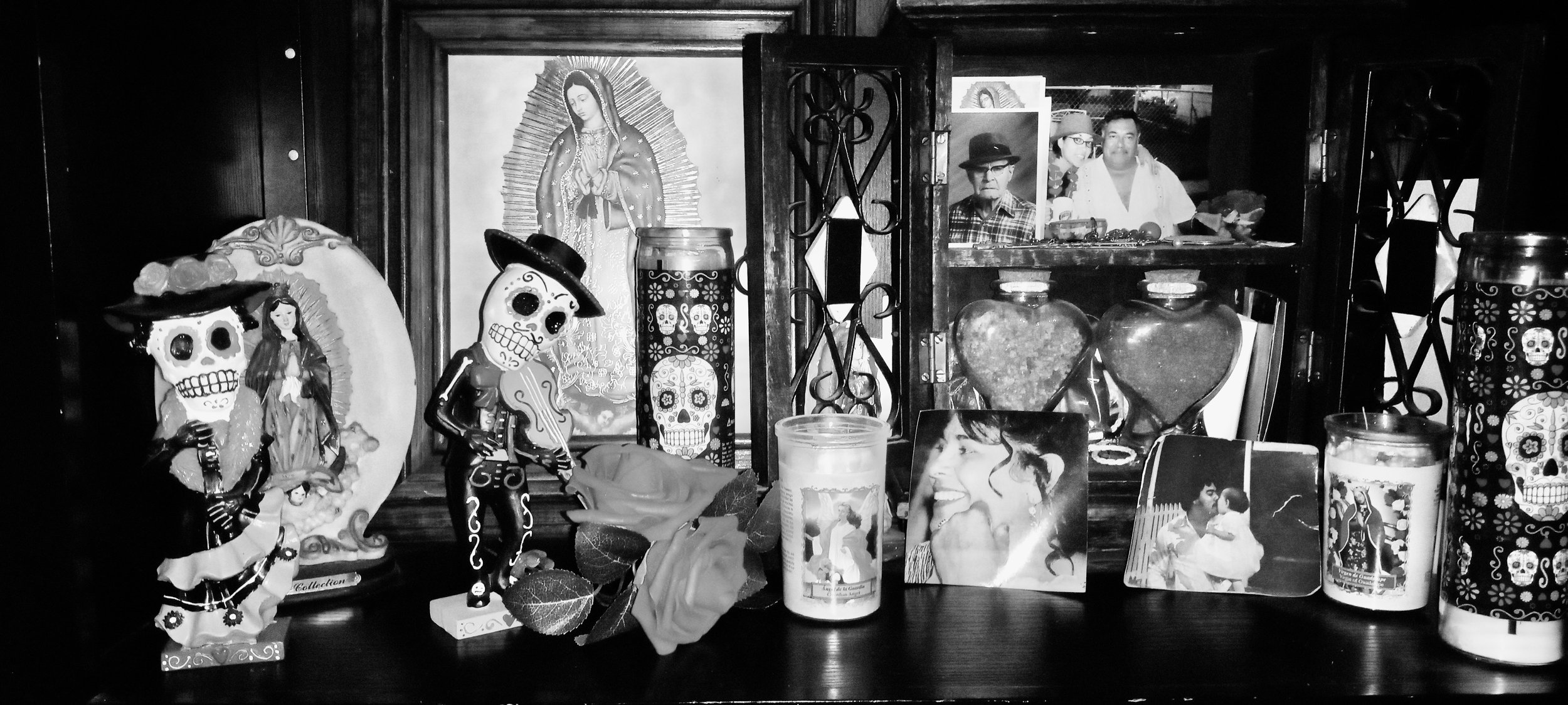Celebrating Día de los Muertos at SJHS
Rooted in Mexico, Día de los Muertos is a celebration of the souls of ancestors. Ofrendas, skulls, sugar candy, and dancing are just some of the main traditions of this holiday. The celebrations follow a two day span from November 1st-2nd, but can continue for days after.
Starting with background, Día de los Muertos began in the 1980’s and focuses on celebrating life. Family members create altars, or ofrendas, filled with pictures of their ancestors, candles, lots of food and drinks, pan de muerto (bread of the dead), marigolds, and other mementos. All of these items are used to guide the dead back to the altar. Kids get their faces painted like skulls, parades march throughout the streets, and markets are filled with treats–like sugar skulls. Many cities in America have large Day of the Dead celebrations such as San Francisco, San Antonio, and Fort Lauderdale, but how do people in St. Joe celebrate?
According to a survey by the Wind-Up, only 8 percent of responders celebrate Día de los Muertos. One of those responders is Layla Garcia, 10.
“My family usually sets up altars with pictures of our deceased family members to remember them,” Layla said.
This is a very common tradition because it acts as a bridge from the dead to the living, according to Day of the Dead holiday.
“We usually make the bread,” she added.
This bread refers to pan de muerto–a common treat in October and November. It’s a sweet bread topped with a sugary glaze and shaped to look like criss-crossed bones sit on top. While it can be baked and enjoyed in the weeks leading up to the Day of the Dead, it is mainly used on the altars for the deceased.
“I love the stories I hear about my family history,” Layla said.
Families commonly share stories and reminisce about their ancestors; it is very important to remember them. According to History.com, many families clean up the graves of their deceased loved ones. They recite prayers and sometimes set up their altars right next to the grave to honor the dead. Generations pass on stories to their children to keep their ancestors' souls and stories alive.
“I really enjoy learning about their lives,” she concluded.
While traditions often change throughout the years and differ from family to family, Día de los Muertos still focuses on honoring ancestors. Maybe this November 1st-2nd, we can all try to learn more about our ancestors and family in respect to this holiday.

